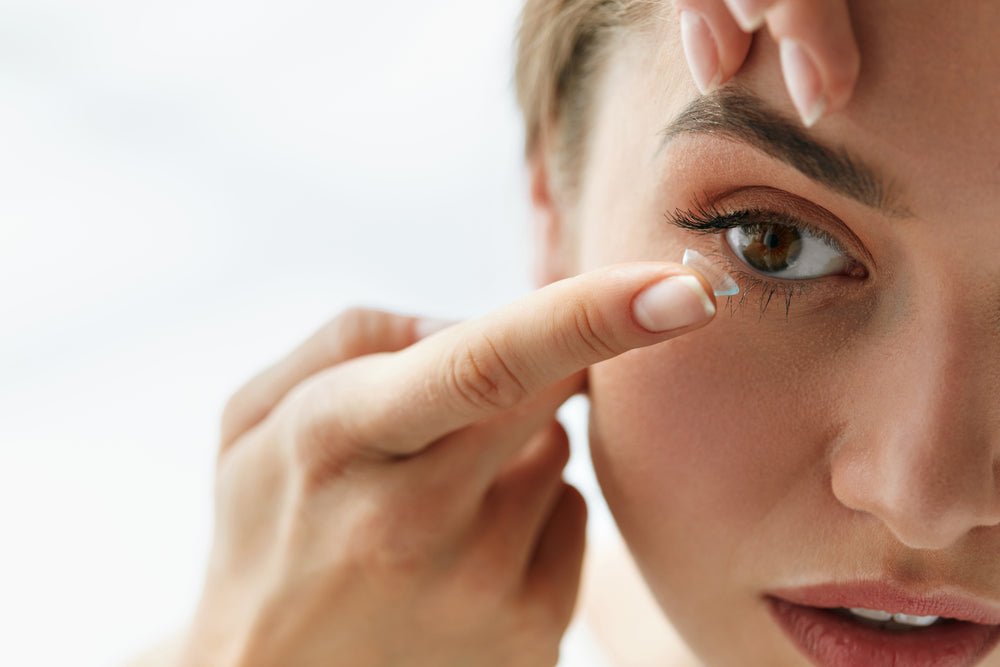
February is AMD Awareness Month, a time dedicated to raising awareness about age-related macular degeneration (AMD), a leading cause of vision loss in people over the age of 60. During this month, eye care professionals, patients, and their families come together to educate the public about this serious condition and the importance of early detection and treatment.
What is AMD?
AMD is a progressive eye disease that affects the macula, the central part of the retina that provides sharp, detailed vision. As the disease progresses, people with AMD may experience a gradual loss of central vision, making it difficult to see fine details and perform daily tasks such as reading, driving, and recognizing faces. There are two main forms of AMD: wet and dry. Wet AMD is caused by the growth of abnormal blood vessels behind the retina, while dry AMD results from a breakdown of the macula.
Risk Factors for AMD
There are several factors that increase the risk of developing AMD, including age, smoking, family history, and exposure to high levels of UV light. People with cardiovascular disease, high blood pressure, and obesity are also at increased risk for developing AMD.
Symptoms of AMD
The early symptoms of AMD can be subtle, but it is important to be aware of them so that you can seek treatment as soon as possible. Some common symptoms of AMD include:
- Gradual loss of central vision
- Blurred vision
- Difficulty seeing fine details
- Distorted or wavy vision
Diagnosing and Treating AMD
AMD is diagnosed through a comprehensive eye exam, which may include a visual acuity test, a visual field test, and a dilated eye exam. Early detection is crucial in order to preserve as much vision as possible. Currently, there is no cure for AMD, but there are treatments that can help slow its progression and preserve vision. Wet AMD can be treated with injections of medications that slow the growth of abnormal blood vessels and prevent further vision loss. Dry AMD can be treated with vitamins and minerals, including high doses of antioxidants and zinc.
How to Prevent AMD There is no proven way to prevent AMD. There are steps you can take that may reduce your risk of developing AMD, including:
- Eating a healthy diet rich in fruits and vegetables to get your important vitamins and minerals
- Not smoking
- Wearing protective eyewear when outdoors
- Having regular comprehensive eye exams
AMD Awareness Month is a great opportunity to educate yourself and others about this serious condition and the steps you can take to protect your vision. If you are over the age of 60 or have a family history of AMD, it is especially important to have regular comprehensive eye exams to detect the disease as early as possible.
In conclusion, age-related macular degeneration is a progressive eye disease that affects millions of people every year. It is important to be aware of the risk factors, symptoms, and treatments for AMD, and to take steps to protect your vision. So during this AMD Awareness Month, take the time to educate yourself and others about this serious condition, and schedule a comprehensive eye exam if you are over the age of 60 or have a family history of AMD.
None of the above is medical advice.














